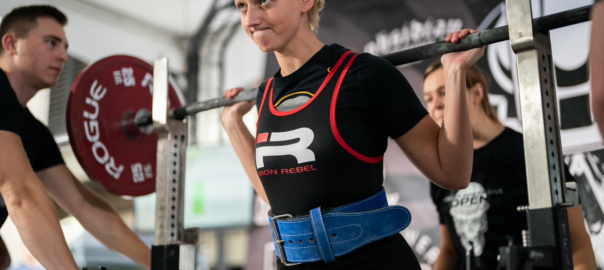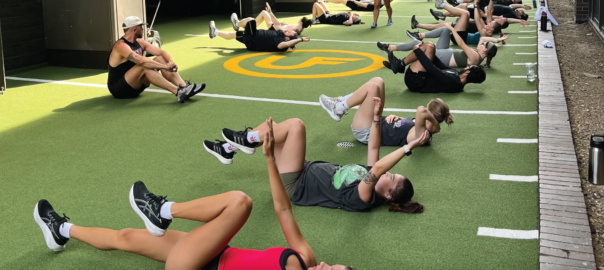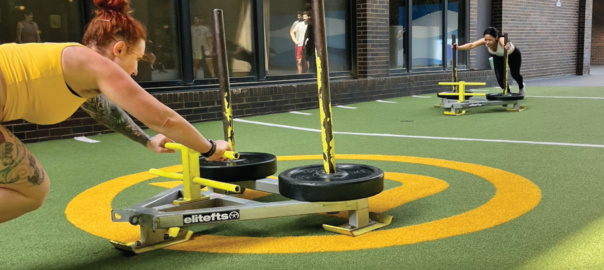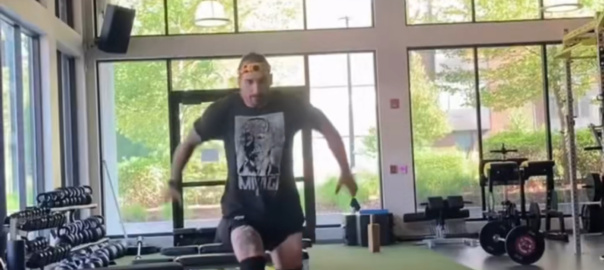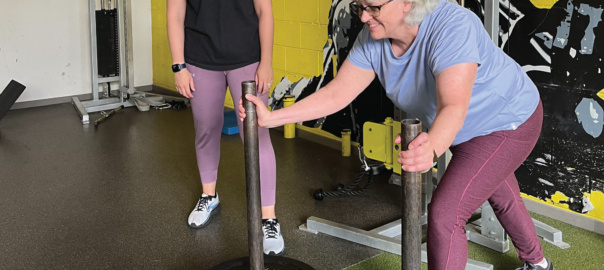Happy New Year and welcome to 2025,
I’m very appreciative of everyone who has made this gym a community of support and a home of strength. If you are new to the neighborhood and want to join our party of strength, you will be welcomed with arms wide open. Everyone deserves a place to train, with professional coaches, supportive members and overall unmatched vibes. As we all know, the people make the place, and for that I thank yinz. This is a very special group of humans and I’m happy to share this time in history with you.
For the next few weeks in our #Powerful class we will be focusing our training for the April Push Pull Charity Event. (Tentative date for the event is April 5th, 2025). The goal of our #Powerful class is to improve our technique , strength and confidence in our bigger barbell movements; squat, bench & deadlift. We will then be using smaller movements to build muscle, improve body composition and have some damn fun! As long as you show up and apply yourself, I can guarantee you will see and feel the results of your efforts. On Mondays and Wednesdays the training will be upper body focused, whereas Tuesdays and Thursdays will emphasize lower body movements. Friday, will be led and programmed by our 1 and only Dr. Jared, the strongest Physical Therapist this side of the Mississippi. I program the Monday through Thursday training days and, if you stop in on Tuesday and Thursday evenings, you’ll even get to hang out and throw weights around with me and the Crew…they are awesome. We Want You To Join #Powerful!
If you’re not interested in the Push Pull event, #Powerful will still be a badass class for you if you’re looking to train with a community, build confidence in the gym, have fun, push each other, and learn old & new exercises. We are currently running a special on classes for the month that you can check out on our website and as always, the first class is Free. If you have any more questions on anything, please reach out and I would be so happy to assist.
Come on out and join us and let’s crush some weights in 2025 and have some fun!
Always Get Bumpy,
CeJ

